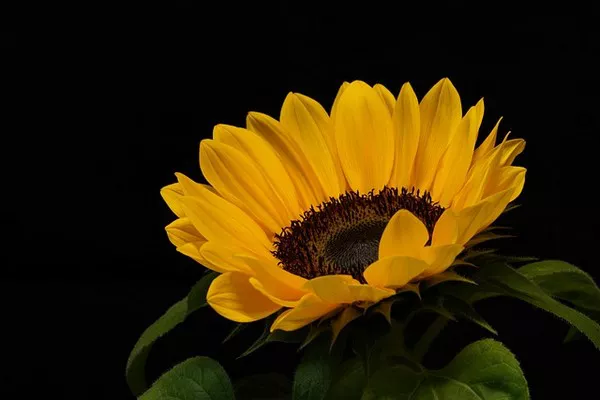Sunflowers (Helianthus annuus) are renowned for their vibrant yellow blooms and the nutritious seeds they produce. While most people are familiar with consuming sunflower seeds and using sunflower oil, the leaves of these iconic plants are often overlooked in the realm of culinary exploration. In this article, we delve into the question of whether sunflower leaves are edible and explore the potential benefits and risks associated with incorporating them into our diets.
Historical Perspectives:
Historically, various cultures have recognized the value of incorporating plant leaves into their diets. From the ancient Greeks who indulged in grape leaves to the indigenous people of North America who utilized various plant leaves in traditional dishes, the consumption of leaves is not a novel concept. Sunflower leaves, with their distinct shape and texture, have also found their way into traditional medicine practices in some cultures.
Nutritional Profile:
Before considering the edibility of sunflower leaves, it’s essential to examine their nutritional profile. Sunflower leaves contain a variety of nutrients, including vitamins A and C, essential minerals like iron and calcium, and antioxidants. Additionally, the leaves are a good source of fiber, which is crucial for digestive health. While the nutrient content may not be as concentrated as that in the seeds, the leaves contribute valuable elements to a balanced diet.
Culinary Potential:
Despite their nutritional value, the culinary use of sunflower leaves is not as widespread as that of other leafy greens. However, some culinary enthusiasts and chefs have started to experiment with incorporating sunflower leaves into salads, pestos, and wraps. The leaves have a mild, earthy flavor that pairs well with a variety of ingredients, making them a versatile addition to various dishes.
Harvesting and Preparation:
Before considering adding sunflower leaves to your plate, it’s crucial to follow proper harvesting and preparation practices. Choose young, tender leaves from healthy plants, preferably before the flowering stage when the leaves are at their most flavorful. Thoroughly wash the leaves to remove any dirt or contaminants. To enhance their palatability, consider blanching the leaves briefly or incorporating them into recipes that complement their taste and texture.
Potential Health Benefits:
The consumption of sunflower leaves may offer some potential health benefits. The rich antioxidant content, including flavonoids and polyphenols, can contribute to overall well-being by neutralizing harmful free radicals in the body. Additionally, the fiber content in sunflower leaves may support digestive health, promoting regular bowel movements and aiding in weight management.
Cautionary Considerations:
While sunflower leaves can be a nutritious addition to your diet, it’s essential to approach their consumption with caution. Some individuals may be allergic to certain plants or may experience digestive discomfort when trying new foods. It’s advisable to start with small quantities to gauge your body’s response and consult with a healthcare professional if you have any concerns.
Potential Risks:
Sunflower leaves, like many plant parts, may contain natural compounds that could be harmful in excessive amounts. One such compound is alkaloids, which can be present in certain plant species and may cause toxicity in large quantities. However, the levels of alkaloids in sunflower leaves are generally low, and adverse effects from reasonable consumption are rare. It’s crucial to exercise moderation and balance when incorporating any new food into your diet.
See Also: Where Do Sunflowers Come From?All You Need to Know
Conclusion:
In conclusion, the edibility of sunflower leaves is not only a fascinating topic but also an opportunity to explore new culinary horizons. With their nutritional value and versatility, sunflower leaves have the potential to become a welcomed addition to diverse diets. However, it’s important to approach their consumption with mindfulness, considering individual health conditions and potential risks associated with excessive intake.
As culinary trends continue to evolve, the exploration of unconventional ingredients, such as sunflower leaves, adds depth and variety to our gastronomic experiences. Whether you choose to toss them in a salad or blend them into a flavorful pesto, sunflower leaves may just be the next culinary sensation waiting to be discovered.


